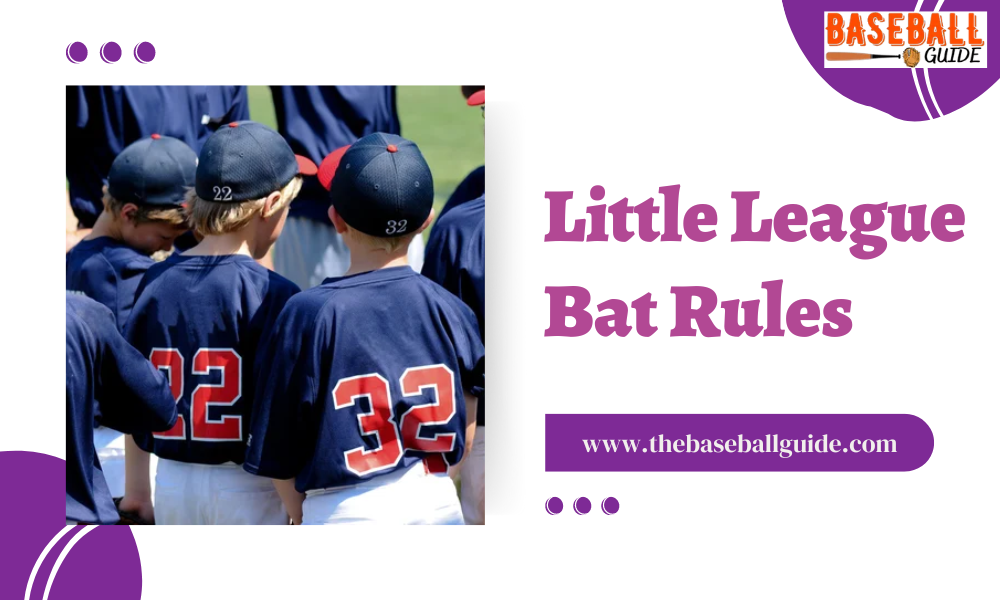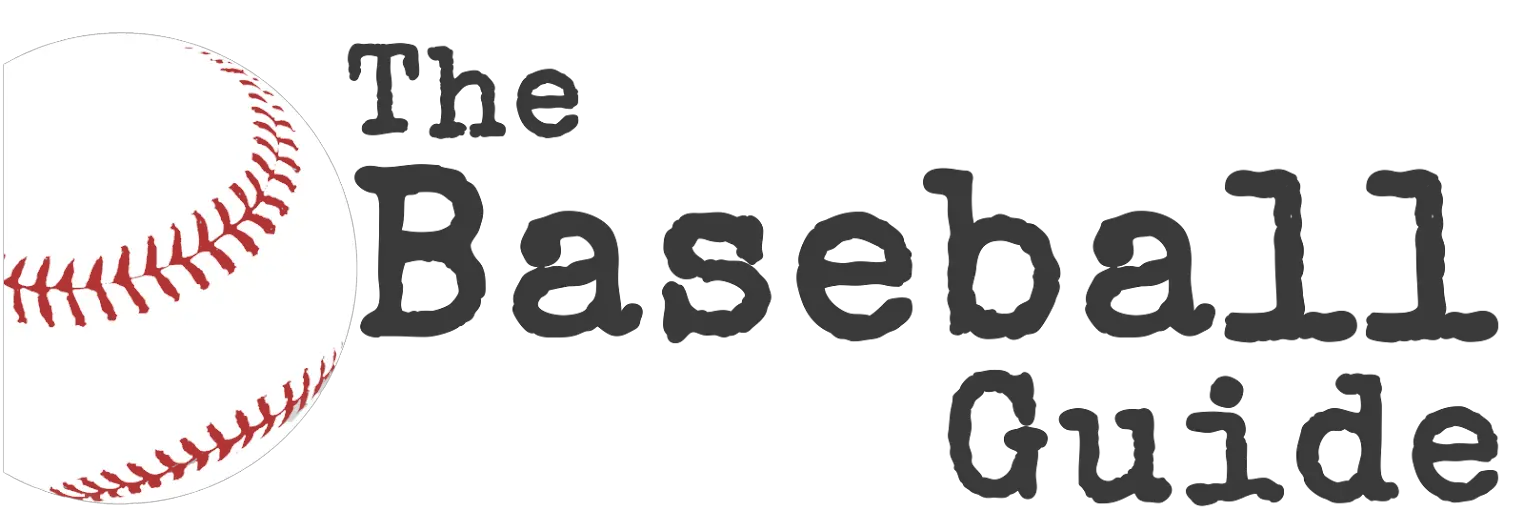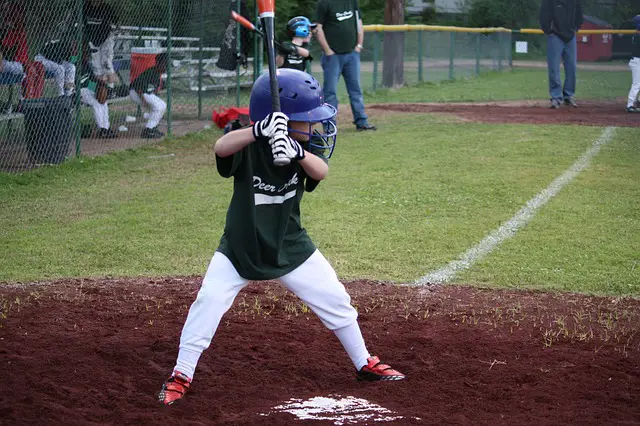


Are you getting ready for the 2023 Little League season? If so, it’s important to be aware of the latest bat rules to ensure you are using equipment that meets the regulations set by the organization.
Baseball is one of the most intelligent and tactically planned games ever invented. The rules and regulations are so properly created that each playing team gets an equal opportunity of winning the game.
In any case, a good baseball game does not only depend on the playing teams but also on how well it has been organized.
Little League Baseball and Softball is the world’s largest youth sports organizer and organizes various baseball tournaments all over the world every year.
In this article, we will cover everything you need to know about Little League bat rules for 2023, including the types of bats allowed, the size and weight restrictions, and more.
Little League Baseball Inc. is a non-profit youth sports organization that holds baseball matches, leagues, and tournaments for children aged 4 to 16 years. The organization first came into existence in the year 1939 as a three-team league in Williamsport, Pennsylvania.
The main aim of the organization is to promote the idea of sports among children from an early age. It also encourages local volunteers to organize Little League sports programs that are based on the rules and regulations laid by Little League International. In any case, each league is organized to best serve the children in the local area.
The headquarters of Little League is based in South Williamsport, Pennsylvania, where the first Little League Baseball World Series was played in the year 1947. To make the game fair for all children, the league has created appropriate age divisions according to which each player is carefully placed.
Apart from this, the league has also devised a specific number of pitch counts and the number of days of rest needed after each game, depending on the age of the player. All the rules are to be strictly followed, and it is the responsibility of the coach to ensure that it is happening. Otherwise, it can lead to the disqualification of the player or the entire team.
Little League also provides a wonderful platform for successful junior players. Many popular baseball players today have played in Little League, before finally being able to play for WBSC teams.
It’s important to note that these rules may vary depending on the specific Little League organization.
It’s always a good idea to check with your child’s coach or the Little League organization to make sure you are using a bat that meets the appropriate regulations.

The rules governing Little League bats are in place to protect the safety of the players. Using an illegal bat can increase the risk of injury, not just for the batter but for other players on the field as well.
In addition, using an illegal bat can result in a penalty, such as the player being called out or ejected from the game. Therefore, it’s essential that you understand the rules and regulations when it comes to Little League bats.
In Little League, there are two types of bats that are allowed: wooden and non-wooden bats. Wooden bats are typically made from ash or maple, and they are the traditional choice for many baseball players.
However, non-wooden bats have become increasingly popular in recent years, thanks to advances in technology that have made them lighter and more durable.
Non-wooden bats are made from materials such as aluminum, composite, or hybrid blends. These bats are typically lighter than wooden bats, which can give the player an advantage when it comes to swing speed.
However, they also tend to have a larger sweet spot, which can make it easier for the player to hit the ball.
Little League has specific regulations when it comes to the size and weight of bats. These regulations are designed to ensure that all players are using equipment that is appropriate for their age and skill level.
For players in the Tee Ball and Coach Pitch divisions, the maximum bat length is 26 inches, and the maximum barrel diameter is 2.25 inches.
In the Minor and Major divisions, the maximum bat length is 33 inches, and the maximum barrel diameter is 2.625 inches.
In the Junior, Senior, and Big League divisions, the maximum bat length is 34 inches, and the maximum barrel diameter is 2.625 inches.
The weight of the bat is also regulated by Little League. For players in the Tee Ball and Coach Pitch divisions, the bat must weigh no more than 20 ounces.
In the Minor and Major divisions, the bat must weigh no more than 31 ounces. In the Junior, Senior, and Big League divisions, the bat must weigh no more than 36 ounces.
Choosing the right bat for your child is essential if you want them to perform at their best. Here are some tips to help you choose the right bat for your child:
Once you’ve chosen a new bat for your child, it’s important to break it in before they use it in a game. Breaking in a bat involves hitting balls with it repeatedly to loosen up the fibers and create a larger sweet spot. Here are some tips for breaking in a new bat:
Maintaining your bat is important if you want it to last for several seasons. Here are some tips for maintaining your bat:
There are several common mistakes that parents and players make when it comes to Little League bats. Here are a few to avoid:
In conclusion, Little League bat rules for 2023 are in place to ensure the safety of all players. It’s important to choose a bat that meets these rules and regulations, as well as one that is appropriate for your child’s age, size, and batting style.
All the bat rules listed above should be strictly followed by each player and team.
Also, in all divisions, any non-wood bat must have a grip of cork, tape, or any other composition material, and it must extend to a minimum of 10 inches from the small end. Materials such as slippery tape or similar are strictly prohibited.
Breaking in a new bat is also crucial to ensure the best performance, and proper maintenance will help it last for several seasons.
By avoiding common mistakes such as using an illegal bat or neglecting to break in or maintain your bat, you can help your child have a successful and safe Little League experience.